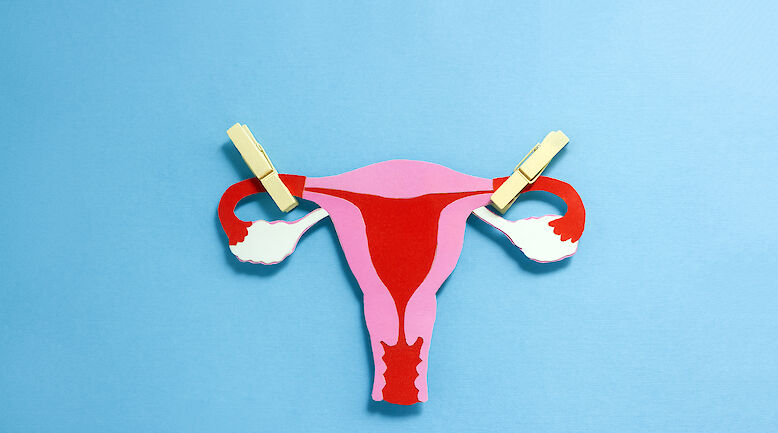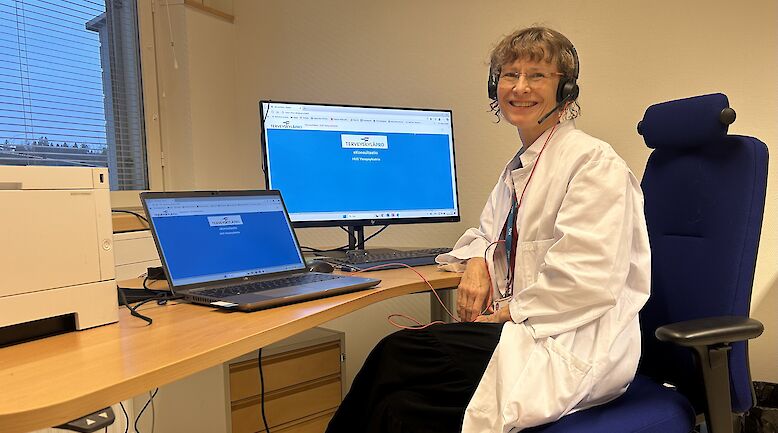English summary: ONCE-YEARLY ZOLEDRONIC ACID FOR TREATMENT OF OSTEOPOROSIS: EXPERIENCE FROM CLINICAL PRACTICE IN TURKU UNIVERSITY CENTRAL HOSPITAL, DEPARTMENT OF MEDICINE 2003-2005

Bisphosphonates are the most commonly used treatment for osteoporosis. However, adherence to oral treatment is problematic, partly because of gastrointestinal intolerance and required dosing on an empty stomach. A single infusion of intravenous zoledronic acid decreases bone turnover and improves bone density. Over a period of one year, all patients who received their first intravenous zoledronic acid infusion for the treatment or prevention of osteoporosis were recruited to the study. There were a total of 48 such patients, 47 receiving 4-mg infusions and one receiving a 2-mg infusion. Bone mineral density (BMD) was measured in the lumbar spine and femoral neck at baseline and after one year. Serum C-telopeptide reflecting bone turnover was measured every three months up to one year. Tolerability of the treatment was registered. Side effects of the earlier used oral bisphosphonates were the most common reason for starting zoledronic acid treatment. Zoledronic acid infusion was well tolerated. The most common adverse events were influenza-like symptoms (15%) and pyrexia (6%). The average increase in BMD in the lumbar spine and femoral neck was 3.0% and 2.5%, respectively. At 3 months serum C-telopeptide was reduced by 60% from baseline, but it tended to increase thereafter. A once-yearly zoledronic acid infusion appears to be a well tolerated and promising treatment for osteoporosis.












